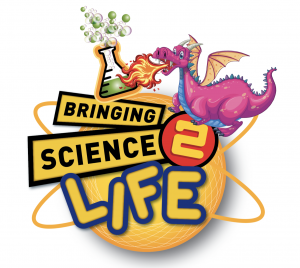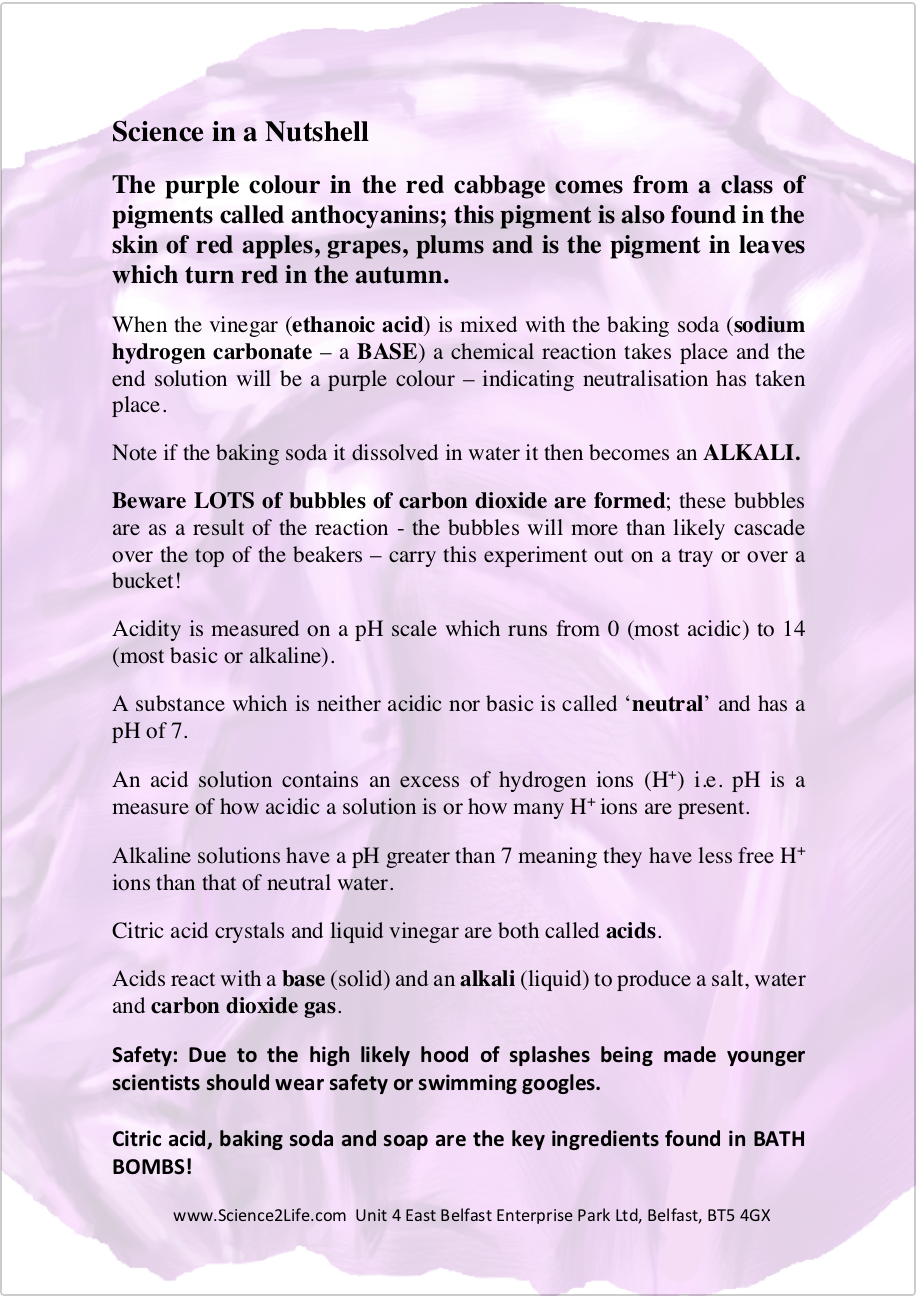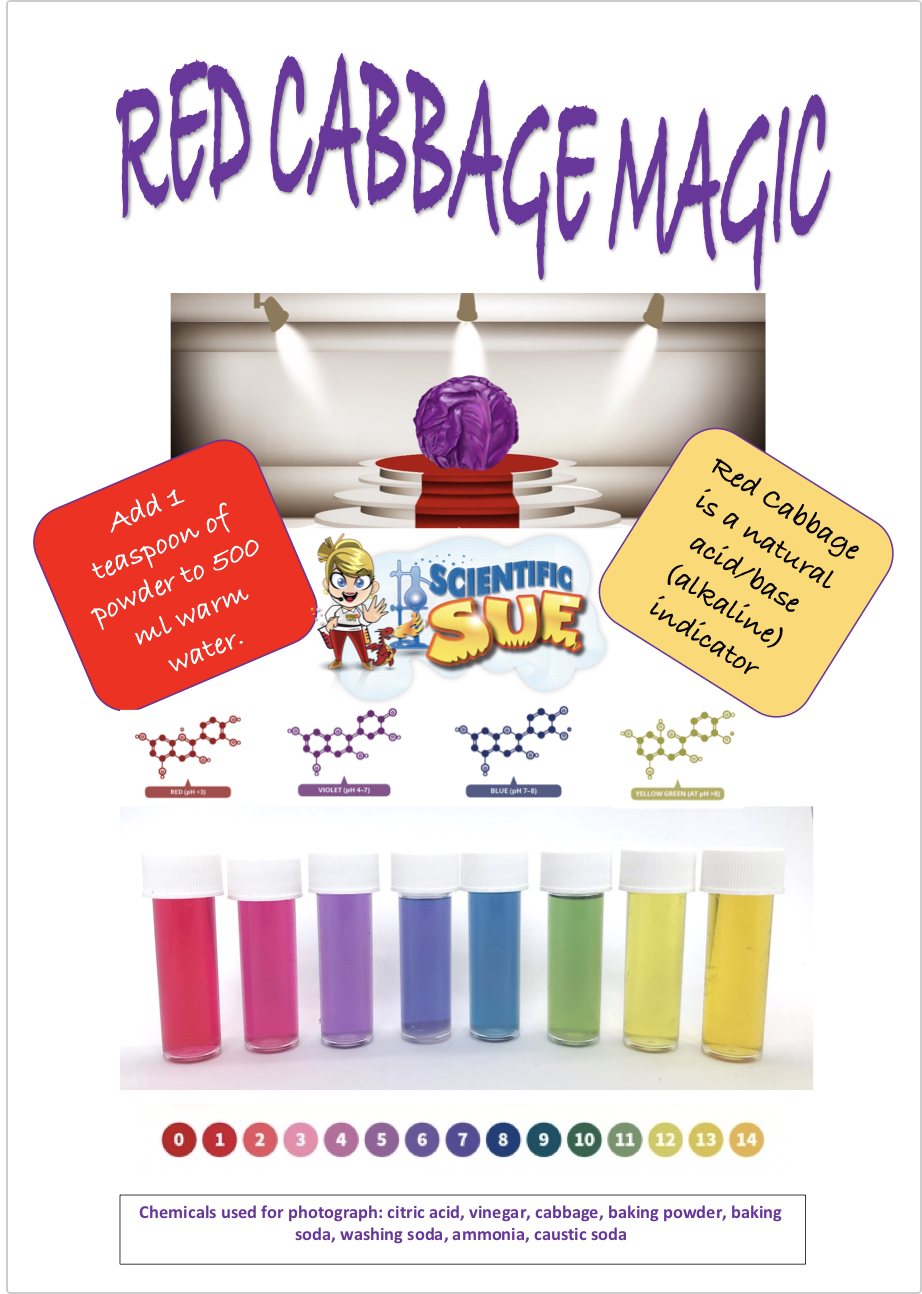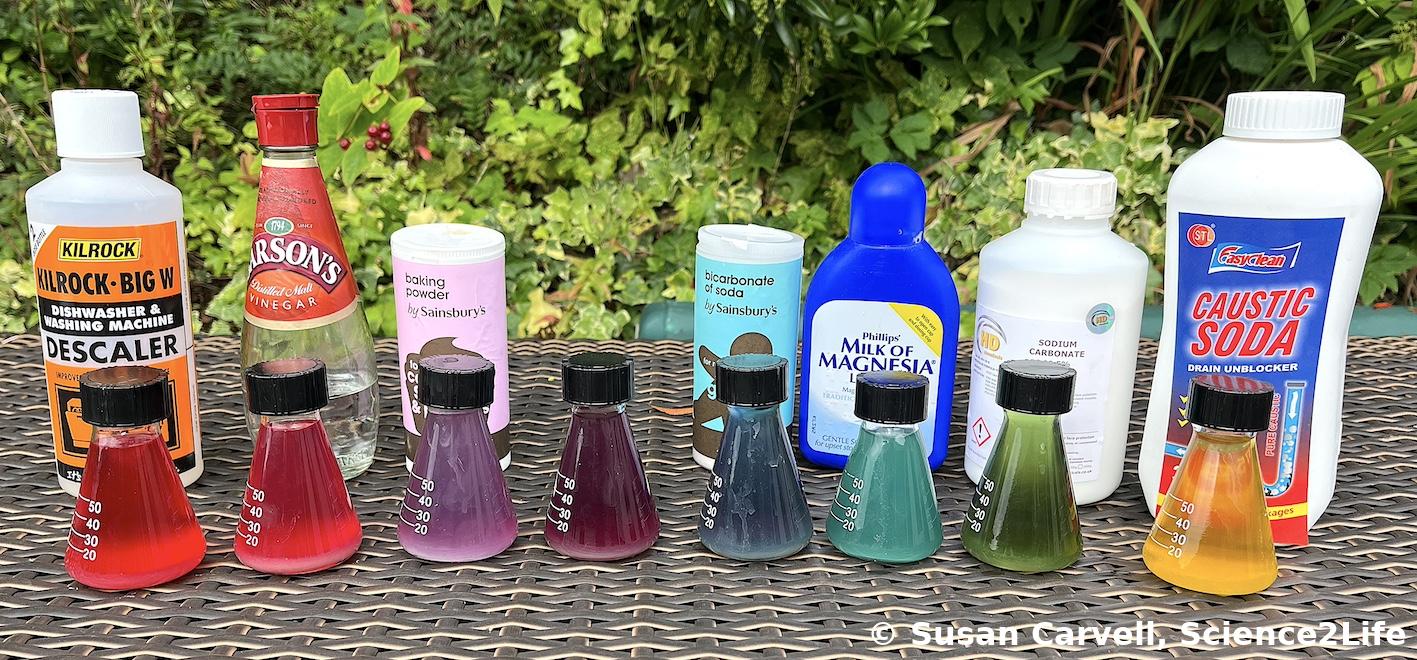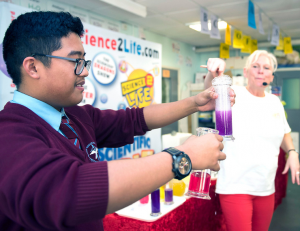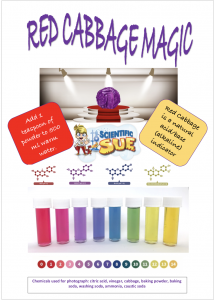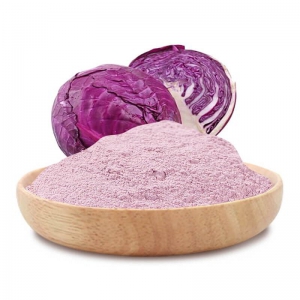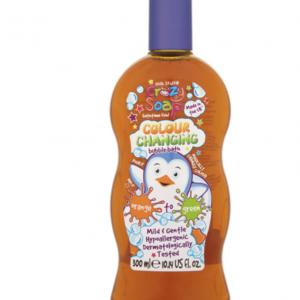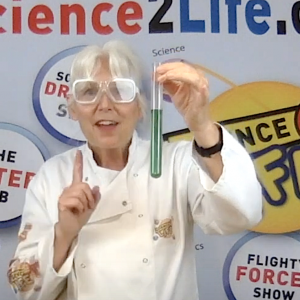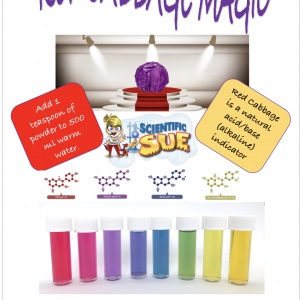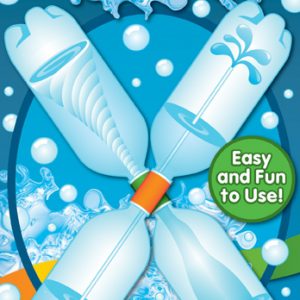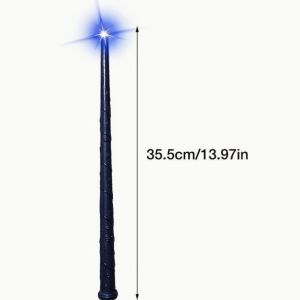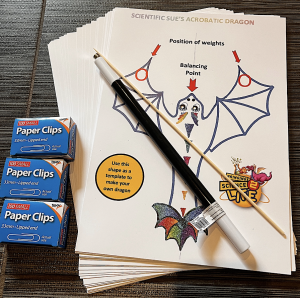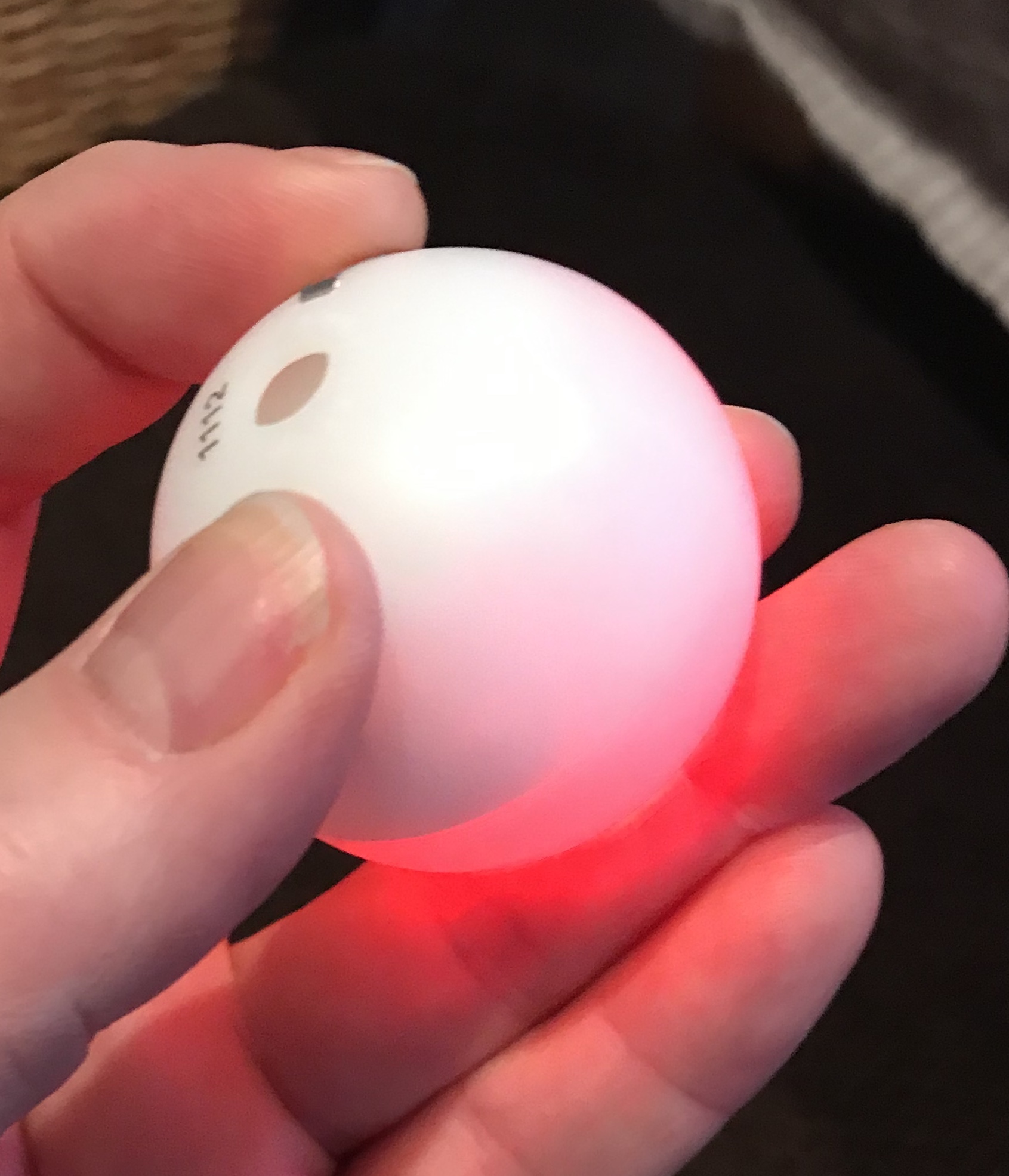Description
Amazing Value for Money!
No waste – no cutting – just lots of magical fun!
Red Cabbage (Brassica Oleracea L.) Extract Powder
Whether or not you like to eat red cabbage, you are going to love experimenting with it. This dried cabbage powder will allow you to make your own red cabbage pH indicator. This is a very magical kitchen science activity.
Making a red cabbage indicator is a fantastic STEAM activity to introduce children to acid/base chemistry.
- 75 g dried cabbage powder
- pH card
Red cabbage – which is purple! – is a natural acid/base indicator
- 15 ml /7.5 g makes 500 ml of red cabbage pH indicator.
- Want colours darker? Use less water.
- Want colours lighter? Use more water
Instructions
- Add 15 ml (1 tablespoon) to 500 ml of warm water. Let the juice cool.
- Your juice is now ready to experiment with!
If you don’t use it all – freeze it. Scientific Sue pours hers into ice cube trays and then uses one cube at a time as and when she needs them.
What is red cabbage?
Red cabbage is a cruciferous vegetable of firmly packed dark red-purple leaves. It belongs to the brassica group of vegetables along with Brussels sprouts and kale, and has a peppery taste and crunch when eaten raw, and becomes sweeter and softer in texture when cooked.
Red cabbage is grown in Europe and is in season from September to December. As the plants grow, they form tight balls of leaves in the centre surrounded by much larger green-purple leaves. When the red cabbage is ready for harvesting, the whole plant is picked and the outer leaves discarded, leaving just the cabbage head – the part we eat.
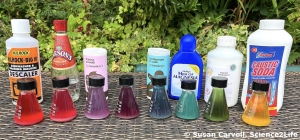
Red cabbage pH indicator experiment showing colour changes from acid to alkali using common household items.
Red cabbage has a good mix of vitamins and minerals, especially folate, which is essential during pregnancy and also helps the body to produce red blood cells. It also contains vitamin C, which helps protect our cells by acting as an antioxidant, and potassium, which we need for a healthy heart.
A 2019 study indicates growing evidence that anthocyanins play a positive role in cardiovascular health and that those who eat foods with anthocyanins have a lower risk of heart attacks and heart disease-related death.
For Parents & Teachers
“Safe Science at Home: Understanding pH with Red Cabbage”
“Teaching pH Safely: A Colourful Journey Through Household Chemistry”
For those interested in the science behind the magic, I’ve created a 24-minute educational video that dives deeper into the chemical reactions, the household substances used in the red cabbage pH scale, and—most importantly—how to stay safe while experimenting. 🧪✨
🎥 Watch it here: https://www.youtube.com/watch?v=gQYd4H3-ZxY
Perfect for curious parents, teachers, or anyone guiding young scientists through hands-on learning!
🔬 Science in a Nutshell
The beautiful purple colour in red cabbage comes from pigments called anthocyanins. These natural pigments are also found in the skin of red apples, grapes, plums—and even in the red leaves of autumn!
When you mix vinegar (ethanoic acid) with baking soda (sodium hydrogen carbonate—a base), a chemical reaction takes place. If the end colour of the solution is purple, this tells us the reaction has reached a neutral point on the pH scale.
🧪 Top tip: When a base dissolves in water to form a solution, it’s called an alkali.
⚠️ Be warned—this reaction produces lots of bubbles of carbon dioxide gas! The fizz can easily overflow your beakers, so be sure to carry out this experiment on a tray or over a bucket to avoid mess.
🧪 pH and Acidity
-
The pH scale runs from 0 to 14, where:
-
0 = most acidic
-
7 = neutral
-
14 = most alkaline (or basic)
-
-
A neutral solution (like pure water) has a pH of 7.
-
Acids have an excess of hydrogen ions (H⁺).
-
Alkalis have fewer H⁺ ions than neutral water and a pH greater than 7.
Examples of acids:
-
Citric acid crystals
-
Liquid vinegar
Acids react with bases (solids) and alkalis (liquids) to produce:
→ a salt, water, and carbon dioxide gas.
🧼 Fun Fact!
Citric acid, baking soda, and soap are the key ingredients in many bath bombs! That fizzy fun is all thanks to chemistry.
🥽 Safety First!
Because this experiment can get messy and splashy, younger scientists should always wear safety goggles or swimming goggles to protect their eyes.
